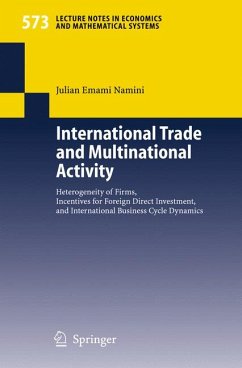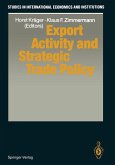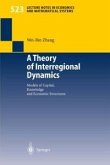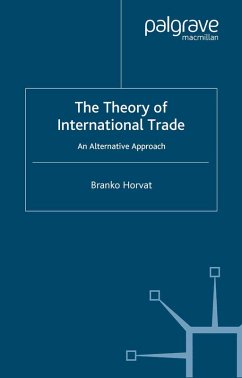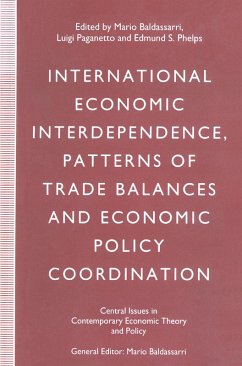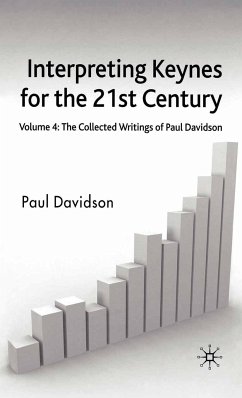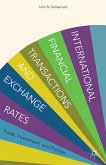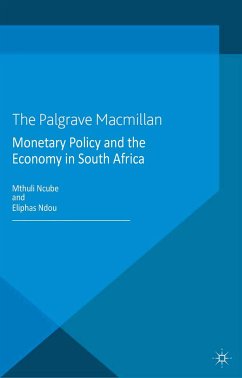This study investigates the dynamic welfare effects of exposure to trade in a new trade model, which is extended by firm heterogeneity. It is analyzed under which conditions exposure to trade with firm heterogeneity increases or decreases steady state welfare of a country. It uses a new trade model to explore which country-specific conditions give rise to horizontal or vertical multinational activity. Finally, it combines the Heckscher-Ohlin model and a new trade model with horizontal multinational firms.
Dieser Download kann aus rechtlichen Gründen nur mit Rechnungsadresse in A, B, BG, CY, CZ, D, DK, EW, E, FIN, F, GR, HR, H, IRL, I, LT, L, LR, M, NL, PL, P, R, S, SLO, SK ausgeliefert werden.

